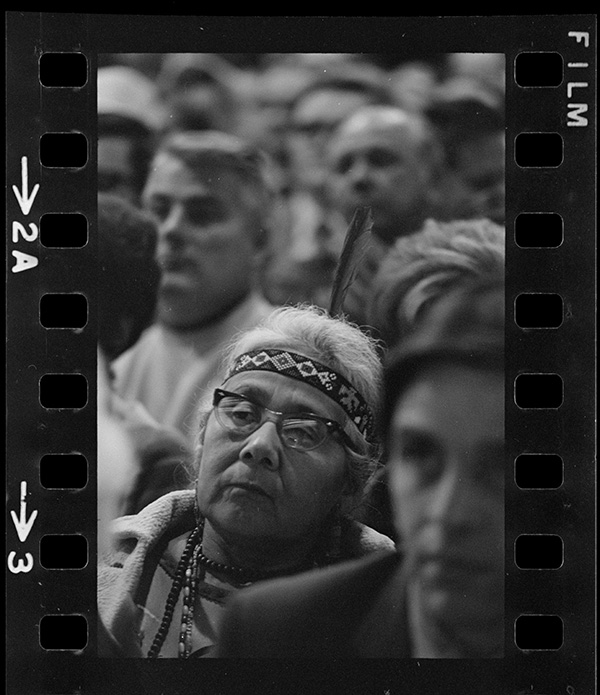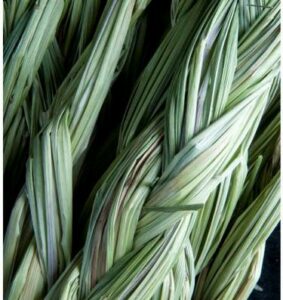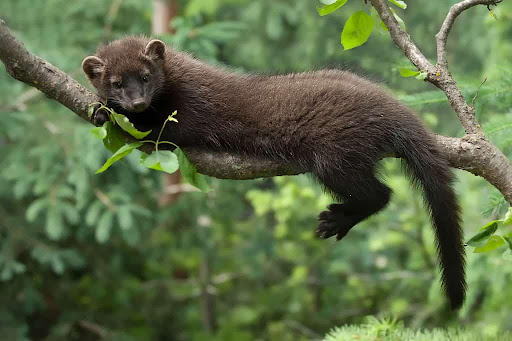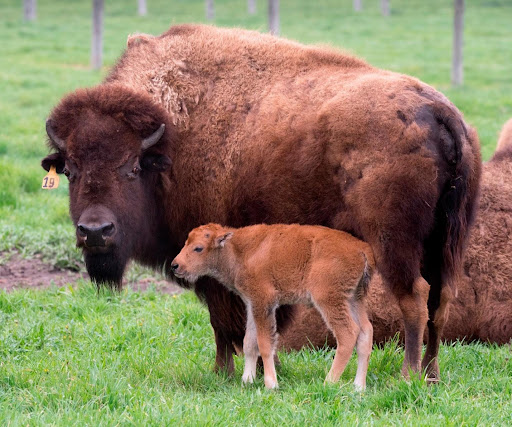Wisdom of the Aged

Image courtesy of The Digital Commonwealth
A black and white film photo of an indigenous woman seen in the audience during the events around the 350th anniversary of the Pilgrims landing in Plymouth
For those of us lucky enough to know and spend time with grandparents, some of our fondest memories may well be listening to the stories of the “olden days” However, for those of us whose culture depends upon the written word to chronicle our history, we may see these stories as merely entertainment. That would be a mistake. Oral histories bind cultures together and for those culture who depend upon their oral traditions as the sole means of passing down knowledge, these are much more than stories.
All over the world groups of people who did not develop a written language depend upon a group of people within their larger group to preserve these memories through the learning of their oral traditions. Unlike our grandparents whose stories may go back 3-4 generations, these oral historians can go back tens of thousands of years. Only recently have Western “experts” acknowledged the value of these oral traditions.
Last November 2021, the American Anthropological Association issued a formal apology to Native Americans for essentially treating them as “specimens” for more than a century. Since the passage of the Native American Graves and Reparation Act in 1990, tens of thousands of skeletons and funeral objects have been returned to tribes for proper burial.
One of the long-held theories of migration for Native American tribes to North and South America is being questioned. In Origin: A Genetic History of the Americas, Jennifer Raff uses the emerging sciences of genetics to show that ancestors of the indigenous people of North and South America arrived in the Americas as early as 50,000 years ago ( as opposed to the original thinking of 15000 to 20000 years ago) and came a variety of ways, including the traditional trek over the so-called Bering Land Bridge as well as by boat along the west and east coasts of the Americas. These conclusions came about as a result of pairing genetics from tribal groups along with their oral histories.
Indigenous peoples’ oral traditions are not just a timeline of their groups’ history. They are also a primer of the groups entire culture. Especially important in these traditions is the treatment of the land. Over tens of thousand of years some groups have predominated other “less sophisticated “groups as evidenced in the “Western Civilization” model by the Egyptians, Greeks, Romans and then the rise of the “Christian Nations” whose conquest and assimilation of those smaller cultures practiced not just conquest of people but of the earth itself. This western model demonstrates a domination of the earth resulting in extinction and imbalance of ecosystems which threaten the very life on earth.
The European “settlement:” of North America beginning in the 16th Century viewed the land as something individuals owned and did with as they pleased. The indigenous people living on the land, for the most part, had a symbiotic relationship with the land which was more of a partnership than a dominion. Today, as more Americans are awakening to damage done to the land and the flora and fauna and are asking how the damage may be healed, many are turning to the wisdom of those indigenous people who are still around today.
In Braiding Sweetgrass: Indigenous Wisdom, Scientific Knowledge and the Teaching of Plants, Robin Wall Kimmerer, a botanist and a member of the Citizen Potawatomi Nation compares Western knowledge with indigenous knowledge in nurturing one particular plant which is culturally important to many groups: proves the superiority of indigenous methods ( and the Western scientific explanation behind them) and makes the case for welcoming this wisdom developed over tens of thousands of years to help heal our earth.

The last several years have seen a shift in the approach to traditions of indigenous people. The Indigenous Education Institute regularly works with NASA to present seminars on astronomy and space. Indigenous biologists are doing extensive studies on the Fisher Cat, an animal associated with a number of tribes, to learn their habits in order to protect them.

Yellowstone National Park’s Bison Conservation and Transfer Program works with tribes to train Native American Youth in caring for Bison so that they may be transferred to local tribes and recently the Federal Government transferred several thousand acres of a Bison Conservation Area in the Northwest to tribal management.

Scientists are now beginning to recognize that tens of thousands of years of living and working on the land have made indigenous people uniquely poised to help heal the land and slow or reverse the inevitable climate change. Perhaps this is happening now because more and more indigenous youth are attending colleges and universities to train as scientists. With their newfound expertise in western style scientific method, these tribal members from all over the United States and Canada also embrace their tribal traditions to prove to western trained scientists that cultural traditions are legitimate methods for saving the planet. As one indigenous scientist said recently: “For years we had to listen to Indian Experts. Now we have Expert Indians.”
References:
Scientific American: March 28, 2022. Anthropology Association Apologies to Native Americans for the Field’s Legacy of Harm by Rachel Parsons
Braiding Sweetgrass: Indigenous Wisdom, Scientific Knowledge and the Teaching of Plants. Robin Wall Kimmerer. Milkweed Editions. August 11, 2015
Yellowstone Public Radio. August 12, 2020. Bison Transfer Expands to Sixteen Native American Tribes
The Hill. DOI Returns More than 18K Acres of Land to Native American Tribes. The National Bison Range was transferred to tribal leadership. By Alexandra Kelly. June 23, 2021